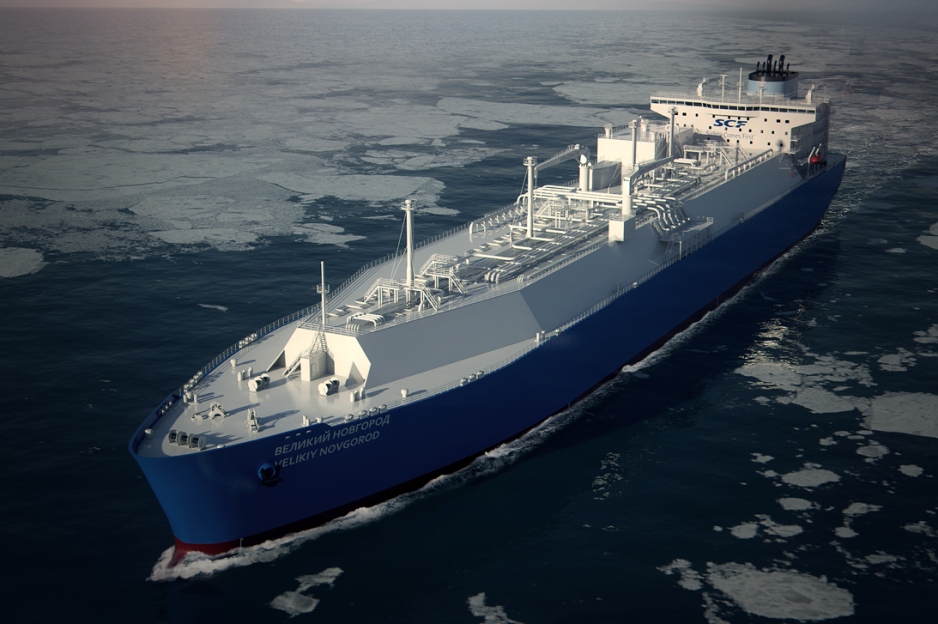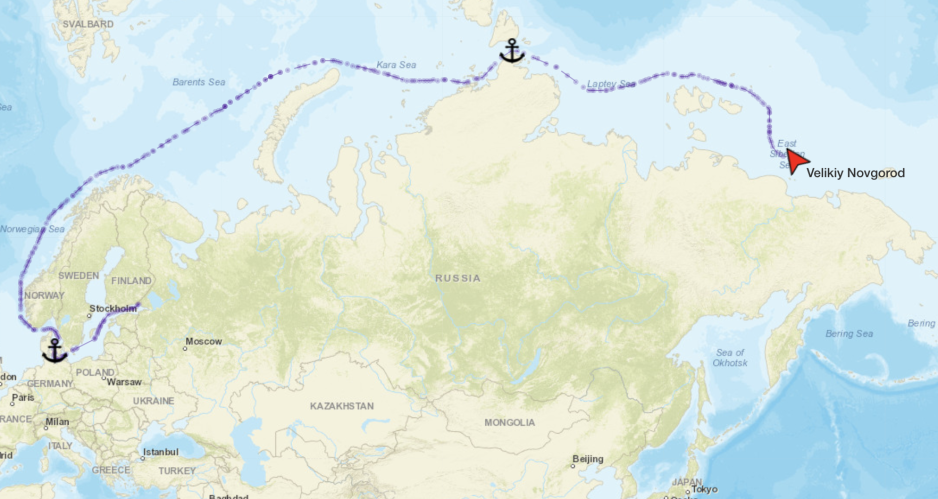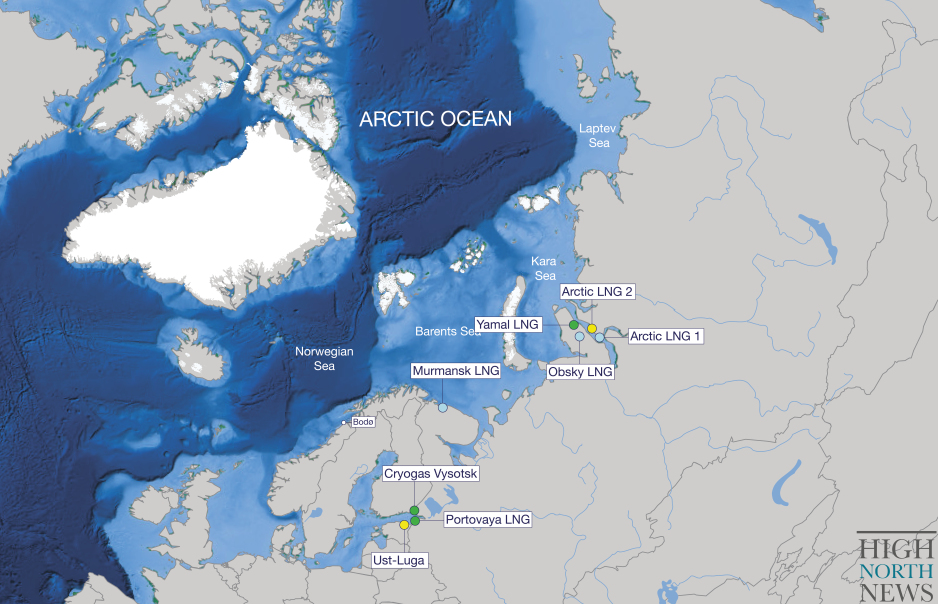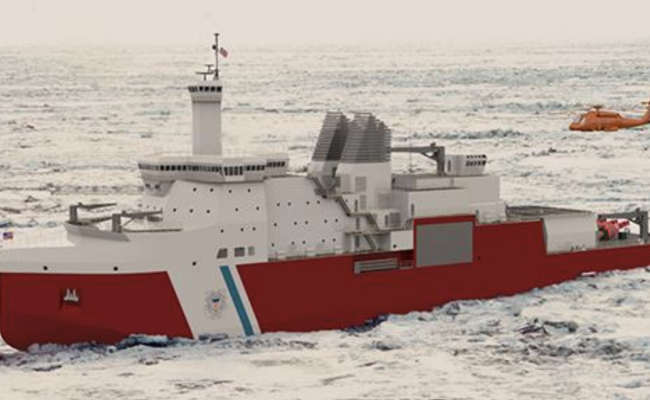Gazprom Sends First-Ever Shipment of Baltic LNG to China via the Arctic

The Ice2 LNG carrier Velikiy Novgorod passing through broken ice in the Arctic. (Source: Sovcomflot)
Natural gas company Gazprom has become Russia’s second energy corporation to send liquefied natural gas to China via the Arctic. In contrast to Novatek’s shipments, which use gas produced within the Arctic, Gazprom’s shipment comes from the Portovaya liquefaction plant in the Baltic Sea. This is the first time that a company has shipped gas from outside the Arctic along the Northern Sea Route.
The summer of 2023 has brought another “first” to Russia’s Northern Sea Route (NSR). Following the initiation of regular oil shipments of both Arctic and Urals crude to China via the Polar region, the route has now been used for delivery of liquefied natural gas (LNG) from the Baltic region for the first time.
Gazprom dispatched the LNG carrier Velikiy Novgorod from its Portovaya liquefaction plant near St Petersburg on August 14. The vessel, capable of carrying 170,200 cubic meters of liquefied gas, traveled up the Norwegian coast line and entered the NSR on August 22.
As of the end of August the vessel has reached the East Siberian Sea and is expected to arrive in Jintang, China in the middle of September.

Velikiy Novgorod’s route through the Baltic and across the NSR as of August 28. (Source: MarineTraffic)
Non-Arctic LNG via the NSR
Previously, Russian LNG shipments via the Northern Sea Route exclusively originated from within the Arctic from Novatek’s Yamal plant.
Using the Arctic route shortens the voyage by around 10 days compared to using the traditional passage via the Suez Canal. In contrast to Novatek’s fleet of 15 highly ice-capable Arc7 LNG carriers, Velikiy Novgorod only possesses light ice protection with a class of Ice2, limiting its Arctic operation to the summer months.
China has materialized as a burgeoning buyer of Russian hydrocarbon resources, including Arctic crude oil and LNG. With the existing EU sanctions on crude oil and likely future expansion to encompass LNG, Russia now relies on diverting energy flows to Asia, and increasingly so via the Arctic.
Previous deliveries from Portovaya, which began operation in September 2022, were exclusively bound for Turkey or Greece. While the Portovaya plant (1.5m tons per year) operates at a much smaller scale than Novatek’s Yamal LNG and upcoming Arctic LNG 2 facilities (~18m tons per year), its first shipment via the Arctic paints a picture of things to come.
More LNG to head across Arctic
Russia has announced plans to build additional LNG plants in both the Baltic Sea and western Arctic region. Arctic shipping lanes will feature prominently in delivering LNG expeditiously to markets in Asia. Novatek announced plans for a new LNG plant near Murmansk and Gazprom’s large Ust-Luga LNG in the Baltic Sea is currently under construction.

Existing (green), under construction (yellow), and planned (blue) Russian LNG plants. (Source: Author’s own work)
While ice conditions can still temporarily halt or slow down convoys en route to Asia during variable early-summer conditions, as happened to two crude oil tankers last month, the route is now largely navigable for 4-5 months a year.
And with Russia’s expanding fleet of nuclear icebreakers, energy companies aim to further expand the navigation season, including year-round transport for vessels with high ice-classes.
In addition to deliveries to China, the country’s next door neighbor, Japan, will also increase receipts of Russian LNG. Novatek recently announced an agreement with the country for delivery of 2m tons per year of LNG, around 10 percent of the capacity of its new Arctic LNG 2 facility.



